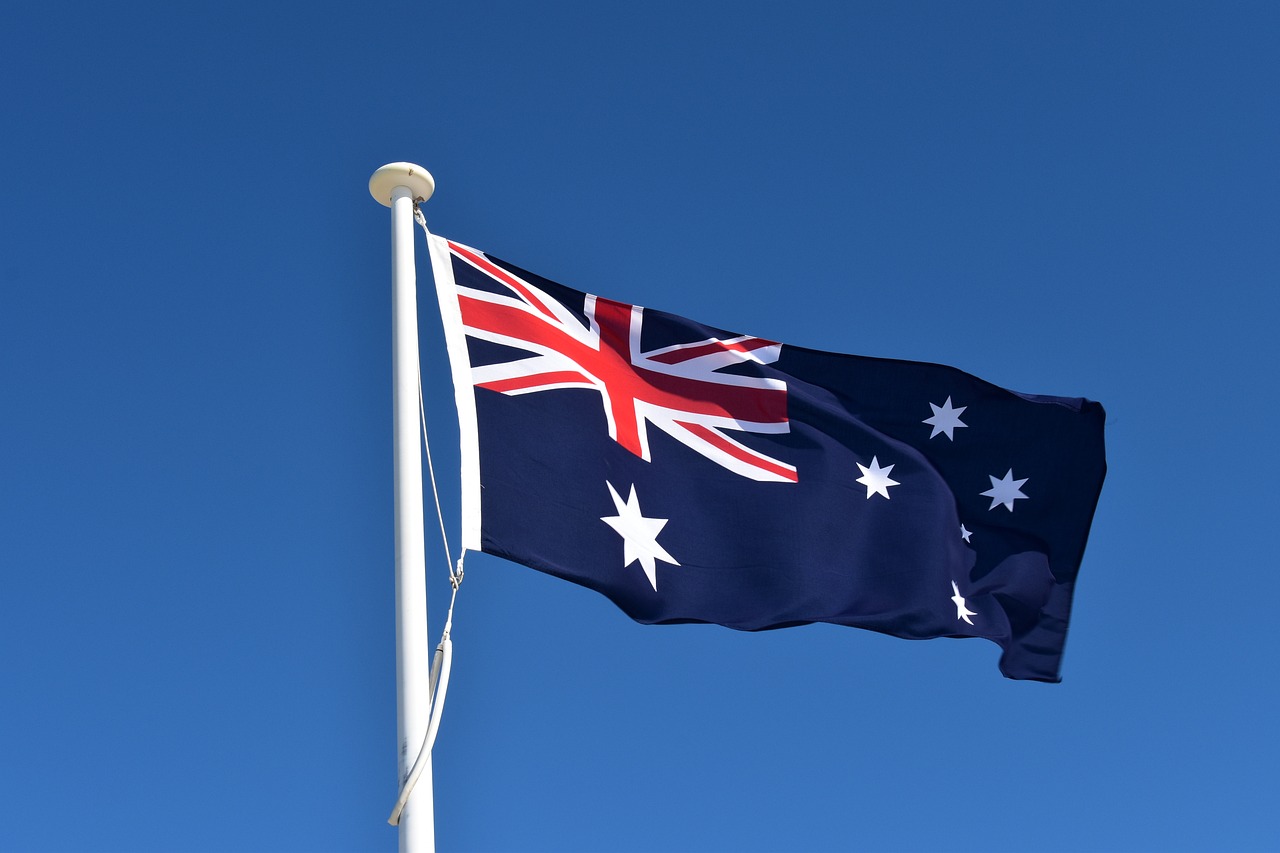During Donald Trump’s presidency, Australia found itself in an increasingly precarious position, caught between its key alliance with the United States and its economic dependence on China. This situation, described by Sky News Business Editor Ross Greenwood as Australia being “wedged” between the two superpowers, created significant diplomatic and economic challenges that may once again reemerge if tensions between the U.S. and China escalate further.
The Trump Era: A Diplomatic Conundrum for Australia
When Donald Trump took office in 2017, his “America First” foreign policy shifted U.S. engagement with the world, creating both opportunities and risks for Australia. As a close ally of the United States, Australia was expected to align with U.S. interests on critical global issues—particularly in the Indo-Pacific, where the U.S. sought to counter China’s growing influence. However, at the same time, Australia’s economic interests were firmly tied to China, its largest trading partner.
Under Trump, the U.S. took an aggressive stance toward China, most notably through the trade war that began in 2018. Trump’s administration imposed tariffs on Chinese goods and engaged in a series of economic and diplomatic confrontations with Beijing, accusing China of unfair trade practices, intellectual property theft, and other issues. For Australia, this created a difficult balancing act: on one hand, it was pressured to support U.S. policies and push back against China, while on the other, its trade relationship with China remained vital to its economy.
The trade war and broader geopolitical tensions placed Australia in the middle of a rivalry that was playing out on the global stage. Although Australia’s formal foreign policy was one of cautious alignment with the U.S., it was simultaneously beholden to China for its economic growth. By 2020, the economic relationship with China was valued at over $200 billion annually, making China Australia’s top trading partner—far outweighing any direct trade with the U.S.
Key Moments of Tension: Australia’s “Wedged” Position
A few key incidents during Trump’s presidency encapsulated Australia’s delicate position:
- Huawei and the 5G Decision (2018): The Australian government, under Prime Minister Scott Morrison, made a significant move by blocking Chinese telecom giant Huawei from participating in the rollout of its 5G network, citing national security concerns. This decision was made in alignment with U.S. policy, as the Trump administration had been pushing its allies to exclude Huawei, fearing that Chinese control over 5G infrastructure could give Beijing access to sensitive data. However, the decision also sparked a strong backlash from China, which imposed tariffs on Australian exports, including barley and wine, and restricted imports of Australian beef.
- China’s Economic Retaliation: Following Australia’s decision to call for an inquiry into the origins of COVID-19 in 2020, China responded by imposing punitive tariffs on Australian goods, ranging from wine and barley to coal and seafood. This was seen as a direct diplomatic response to Australia’s alignment with the U.S. on the issue of China’s handling of the pandemic. Australia found itself caught between China’s retaliatory measures and its commitment to standing by the U.S. in its broader critique of China’s global behavior.
- Trade War Fallout: Australia also felt the effects of the U.S.-China trade war in indirect ways. While Australia was not directly involved in the tariff dispute, Chinese retaliation against U.S. goods indirectly affected Australian exports as well. The broader economic instability created by the trade conflict had global ramifications, and Australia, despite its close ties with the U.S., could not escape the ripple effects on its economy.
The Biden Administration: A Shift in Position
In stark contrast to the Trump years, the Biden administration has created a diplomatic environment that has been more favorable to Australia’s interests. Under President Biden, the U.S. has shifted its approach to China, seeking a more strategic and multilateral response to Beijing’s rise, rather than the combative, unilateral tactics favored by Trump. For Australia, this shift has provided a more stable and cooperative diplomatic landscape.
The Quad (the U.S., Japan, India, and Australia) has become a key pillar of the Biden administration’s Indo-Pacific strategy, aiming to counter China’s influence in the region. Unlike the Trump years, when Australia was often forced to walk a tightrope between the U.S. and China, the Biden administration has taken a more measured approach, emphasizing cooperation with allies like Australia to create a unified stance on security, trade, and human rights issues in the region.
Additionally, trade tensions with China have somewhat cooled under Biden. While the U.S. continues to challenge China on various fronts—such as technology, intellectual property, and human rights—the Biden administration has been less focused on pursuing an all-out trade war. This provides Australia with greater economic stability, as it doesn’t face the same immediate pressure to choose sides in the same way it did during Trump’s tariff-heavy confrontations.
The Risk of Being “Wedged” Again
Despite the current cooperative atmosphere under Biden, the underlying risk remains that Australia could once again be “wedged” between the U.S. and China if tensions between the two superpowers escalate. Ross Greenwood has warned that with China continuing its rise as a global power, and the U.S. asserting its position as the leading democratic counterweight, Australia’s diplomatic and economic interests could once again be strained.
If U.S.-China relations sour significantly—perhaps due to issues like Taiwan, military expansion in the South China Sea, or renewed trade confrontations—Australia’s position as a close U.S. ally but also a major trading partner with China could make it difficult to remain neutral. In such a scenario, Australia may be forced to make difficult choices about where its loyalties lie, potentially leading to diplomatic and economic fallout with one or both of the superpowers.
Conclusion: The Fragility of Australia’s Position
Australia’s experience during the Trump years serves as a cautionary tale of the challenges that smaller nations face when caught between two great powers. The tension between supporting the U.S. on strategic security matters and maintaining a strong economic relationship with China created a delicate balancing act, one that put Australia in a “wedged” position. While the Biden administration has eased some of these tensions, the risk remains that global circumstances could once again pull Australia into a similarly precarious diplomatic situation.
As China continues to assert its influence globally, and the U.S. strengthens its presence in the Indo-Pacific, Australia will have to remain vigilant, managing its relationships with both powers carefully. The reality is that Australia’s strategic choices will continue to be influenced by the broader geopolitical dynamics, and the risk of being caught between these two giants—just as it was during the Trump years—may resurface in the future.



